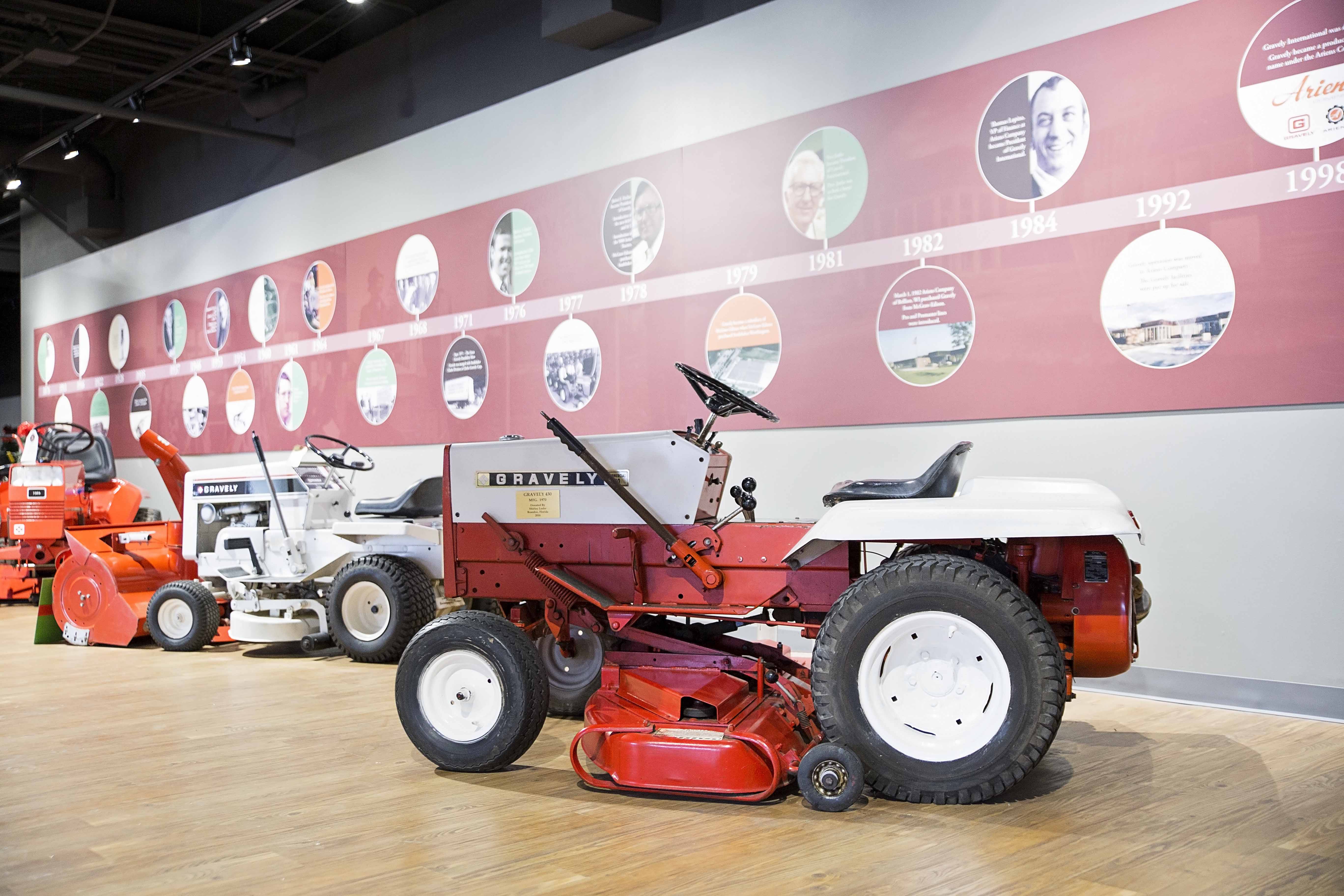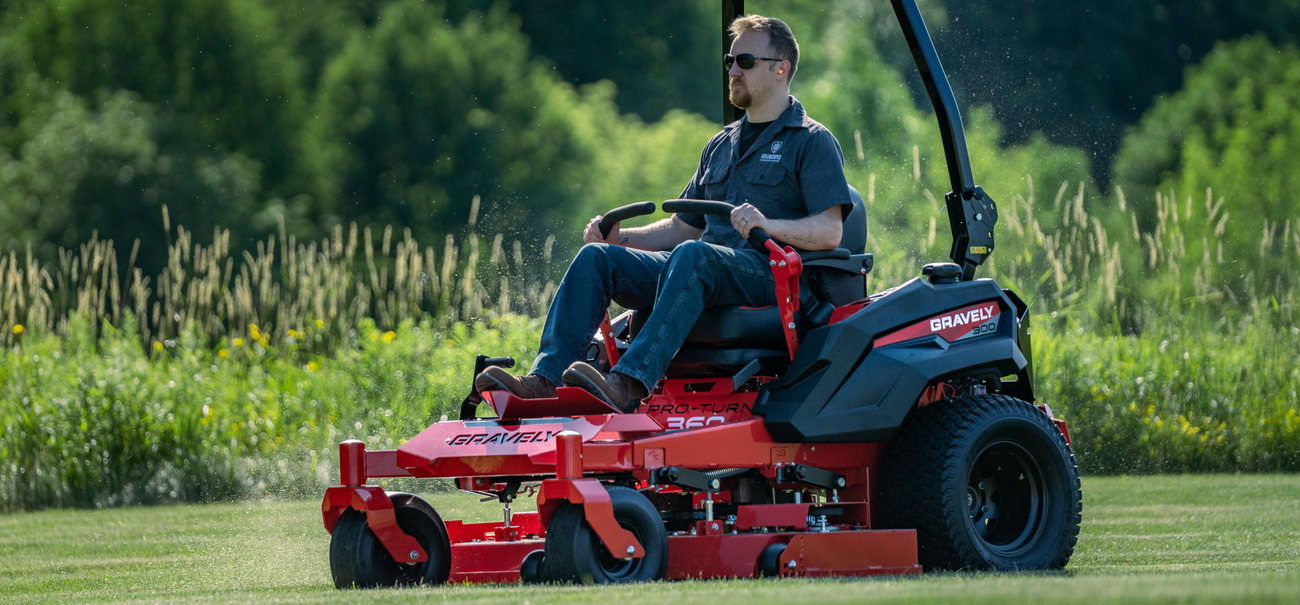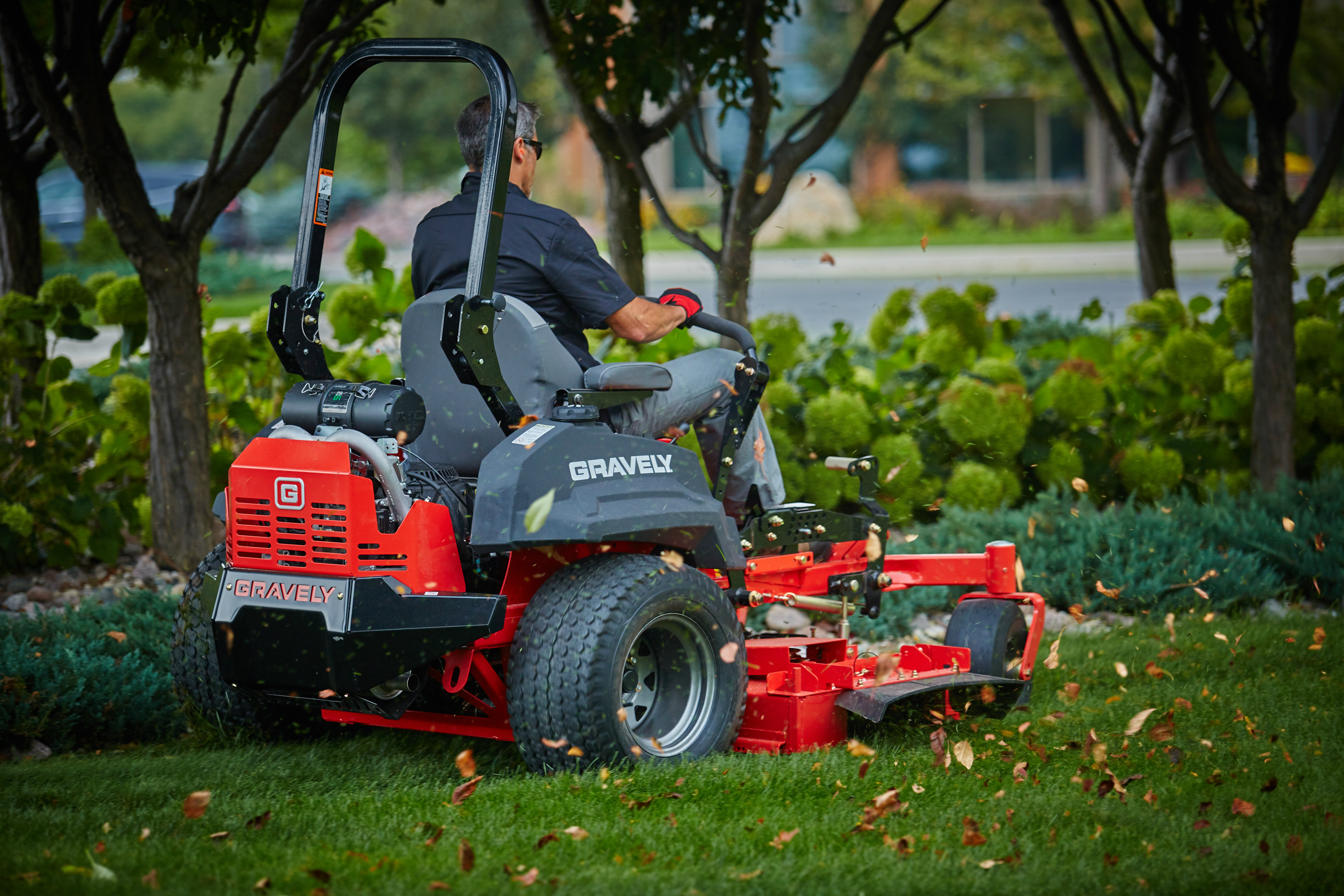Sometimes, a machine reaches a point where it just isn't working right. You might have a trusted piece of equipment, perhaps something you picked up, that seems to have lost its way. We're talking about those moments when your trusty Gravely machine, maybe an old 812 you found on Craigslist, seems, well, gravely disabled. It's not just a little off; it's genuinely struggling, like it needs a serious intervention to get back to its working self.
When a Gravely machine hits this state, it can feel like it needs a special kind of attention, a metaphorical "5150 California" hold, if you will. This isn't about legal matters, of course, but about that urgent need to get a beloved piece of equipment back in good order. It’s about recognizing when a machine is so far gone that regular fixes just won't do the trick. You know, like your Gravely 408 that's supposed to run and cut good, but maybe it just isn't living up to that promise anymore, so it's almost a sad sight.
For those of us who appreciate these older Gravely workhorses, bringing one back from the brink is a satisfying effort. It's a journey that often starts with finding a machine that seems to have seen better days, perhaps a model L from 1967, and then figuring out what it truly needs. We'll explore what it means for a Gravely to be in such a state and how folks go about giving these machines the serious attention they deserve, especially here in places like California.
Table of Contents
- What Makes a Gravely Machine Gravely Disabled?
- Can a Gravely Machine Be Put on a 5150 California Hold?
- Where Do You Find a Gravely Mower in California?
- How Does Gravely Compare to Other Equipment?
What Makes a Gravely Machine Gravely Disabled?
A Gravely machine can reach a point where it's truly "gravely disabled" when its usual functions stop working. This might mean an engine that won't start, or perhaps it runs but with very little power. Think about an older Gravely 'L' model, which usually has a max speed of about 4 mph in high gear. If that machine is only moving at a crawl, or not at all, then it's certainly showing signs of being quite unwell. You know, these machines are built tough, but time and use do take their toll, and that's just how things go with older equipment, in a way.
Sometimes, the issue is more specific, like a Gravely 812 with a fuel pump problem, which someone recently mentioned in an online discussion. A small part like that can bring a whole operation to a halt. Other times, it's about wear and tear on major components, like the engine itself. A ~1967 Gravely Model L with a 7.6 hp engine, for example, might have had its jug sleeved and a new piston put in some time ago, but even that repair might not last forever. Basically, a machine is "gravely disabled" when it can't do the work it was made for, or when it needs very serious attention to even move.
Identifying a Gravely Disabled Mower's Symptoms
Recognizing the signs of a Gravely mower that is gravely disabled involves paying close attention to how it behaves. Is it making strange noises? Is it smoking? Does it refuse to start at all, or perhaps it starts but then quickly stops? For instance, if your Gravely 408 with its original 8hp Kohler engine, which is supposed to run and cut good, suddenly won't start, that's a pretty clear sign. Or, maybe it starts but sounds very rough, or it just doesn't have the strength to do what it used to. These are all clues that something significant is wrong, and it needs more than a simple check-up, you know.
- Lilian De Vasconcelos Souza
- Luke Duck Dynasty
- Best Times To Visit Pathivara
- Anirudhs Music Career
- Bea Arthur Height And Weight
Another common symptom involves the machine's movement. An 'LI' model, for example, has a max speed of about 3 mph in high and 2.25 mph in low. If your machine is barely creeping along, or the instant powered forward and reverse feature with the handlebar-mounted lever isn't working, that points to issues with the drive system. These older Gravely tractors with Kohler engines have different planetary gearing compared to the 'T' head engines, and problems with these parts can make a machine feel truly gravely disabled. You can tell a lot by just how it moves, or doesn't move, in some respects.
Can a Gravely Machine Be Put on a 5150 California Hold?
When we talk about a "5150 California" hold for a Gravely machine, it's a way of saying that the equipment needs a serious, focused intervention. It's not a legal term for mowers, obviously, but it captures the feeling that a machine is in such bad shape it requires immediate, dedicated attention to prevent further issues or to get it back to being useful. This might mean taking it out of service completely until a major repair can be done. For someone new to Gravely mowers, like those who've mostly used Sears and Cub Cadets, seeing a Gravely in such a state can be a bit overwhelming, you know?
This kind of "hold" means you might need to set the machine aside for a while. You wouldn't be able to use it for its usual tasks. Perhaps it's an inherited Gravely 20G Professional, a machine with sentimental value, that suddenly stops working due to an unexpected problem. In such cases, the "5150 California" approach means you commit to diagnosing the core problem and finding a proper solution, rather than just trying quick, temporary fixes. It's about recognizing that the machine is gravely disabled and needs a real commitment to repair.
The "5150 California" for Your Gravely Mower - A Repair Intervention
The "5150 California" for your Gravely mower truly means a repair intervention. This is where you might bring in someone with experience, or you start to really dig into the machine yourself. It could involve sourcing specific parts, like those for a Gravely 812 fuel pump, or even considering a complete engine overhaul. The Gravely 'T' head engines ran at 2600 rpm, while the Kohler engines run at 3600 rpm, so there are differences in how they work and what they need. Understanding these details is part of the intervention process, in a way.
For some, this intervention might mean a trip to one of the numerous independent dealers or factory branches that distribute Gravely equipment. These places often have the specific knowledge and parts needed to address a truly gravely disabled machine. It's about getting expert help, much like how a person would seek professional care. The goal is to get the machine back to a point where it gets the job done right, doing many maintenance jobs efficiently, which other equipment might not be able to do. That's the real aim of this kind of "5150 California" for your Gravely, you know, to bring it back to its full potential.
Where Do You Find a Gravely Mower in California?
Finding a Gravely mower, especially one that might be "gravely disabled" and in need of some serious love, often starts in places like Craigslist, as someone mentioned finding a Gravely 812 there. These online marketplaces are common spots where people sell older equipment, sometimes because they don't know how to fix it, or they just want to get rid of it. You might stumble upon a Gravely 408, all white, that's supposed to run and cut good, perhaps for around $150. These finds can be a good starting point for someone new to Gravely mowers, you know, a chance to get into the hobby pretty easily.
Beyond online listings, there are also independent dealers and factory branches that distribute Gravely equipment across the country, including in California. While they might focus more on new sales, they can be a resource for finding older models or parts. Sometimes, local estate sales or auctions might also turn up an old Gravely. These machines have a reputation for getting the job done right, so even a gravely disabled one might be worth picking up if the price is fair and you're willing to put in the work. It's really about looking in the right places, more or less.
Getting Your Gravely Disabled Machine Back on Track
Bringing a gravely disabled Gravely machine back to life involves a few key steps. First, you need to figure out what's actually wrong. Is it a fuel pump problem, like with that Gravely 812? Or is it something with the engine itself, maybe needing a new piston or a jug sleeved, as was done for a 1967 Gravely Model L? Once you know the issue, getting the right parts is next. Independent dealers can be a big help here, as they often have access to parts or can guide you to where to find them. You know, it's like a puzzle, finding all the pieces to make it whole again.
For those new to Gravely mowers, there are also online communities and forums where people share advice and experiences. Someone might have had the same issue with their Gravely 20G Professional or an older 'L' model. These communities can offer tips on everything from engine differences (like Kohler versus 'T' head engines) to how to troubleshoot specific problems. It’s about tapping into that shared knowledge to help your gravely disabled machine get back to doing what it does best. That's how you save money on the fixes, too, by learning from others and doing some of the work yourself, pretty much.
How Does Gravely Compare to Other Equipment?
For someone who's mostly used Sears and Cub Cadets, stepping into the world of Gravely mowers can feel quite different. Gravely machines are known for their durability and their ability to handle tough jobs that other equipment might struggle with. They are built to last, which is why you still find many older models, like the 812 or the 408, still in use today, even if they sometimes become gravely disabled. The design, like the instant powered forward and reverse available with a handlebar-mounted lever, shows a focus on serious work, you know, rather than just light yard duty.
The differences in engine types, like the 'T' head engines running at 2600 rpm compared to Kohler engines at 3600 rpm, also speak to their varied capabilities. These aren't just simple mowers; they're often multi-purpose machines designed for many maintenance jobs. This focus on heavy-duty performance means that when a Gravely does become gravely disabled, it's usually worth the effort to fix it, because the payoff in terms of capability is significant. They are, in a way, in a league of their own when it comes to getting tough work done.
The Gravely Difference - Beyond Just Running
The real difference with Gravely machines goes beyond just getting them to run; it's about what they can do once they are working. As someone mentioned, "gravely gets the job done right, does many maintenance jobs efficiently that other equipment cannot do." This means that even a machine that was once gravely disabled, once repaired, can be a highly effective tool for a wide range of tasks. This is why people invest time and effort into restoring them, rather than just buying something new. It's about the long-term value and the capability these machines offer, you know, for serious work.
Whether it's an older model L that's had its engine worked on, or a more recent 20G Professional, the ability of Gravely equipment to perform reliably and efficiently makes them stand out. The network of independent dealers and factory branches also helps support these machines for years, making it easier to find parts and get advice. So, while a Gravely might become gravely disabled at times, the underlying quality and the support system around them mean they often have a lot more life to give, truly making them a worthwhile investment for those who need a machine that can handle anything.
Related Resources:



Detail Author:
- Name : Tessie Lakin
- Username : marley.adams
- Email : kallie.schinner@hotmail.com
- Birthdate : 2003-09-24
- Address : 46736 Krajcik Glen New Juwan, MA 03532-0845
- Phone : 283.269.4902
- Company : Ryan Ltd
- Job : Vending Machine Servicer
- Bio : Nam a minus sed consequuntur magni. Quasi sit sunt sed magnam saepe labore corrupti. Expedita quod laboriosam ex rerum. Aliquid esse tenetur asperiores voluptas labore possimus vero.
Socials
twitter:
- url : https://twitter.com/alicia.haag
- username : alicia.haag
- bio : Autem consequatur et et ab ad. Temporibus totam amet iusto tempore ut ut. Molestiae aut accusamus et officia. Autem odit amet doloribus quia.
- followers : 6160
- following : 261
facebook:
- url : https://facebook.com/alicia_haag
- username : alicia_haag
- bio : Qui consequatur eum laborum mollitia consequatur cupiditate assumenda.
- followers : 4537
- following : 1538